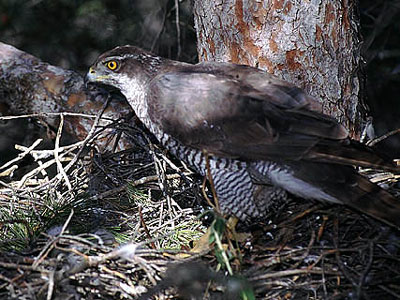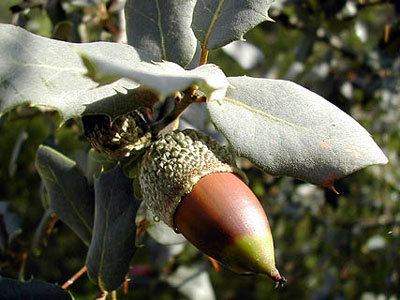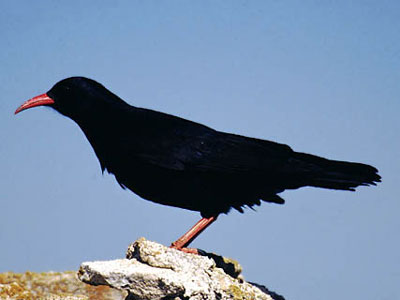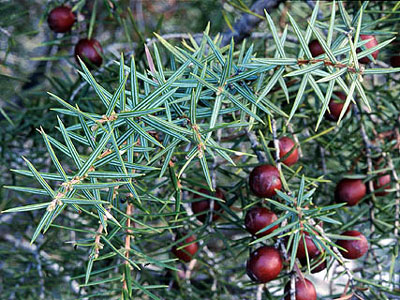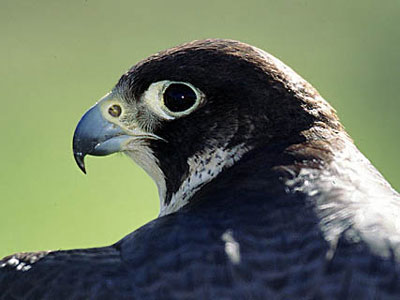Sierra de la Pila
Abarán, Blanca, Fortuna, Molina de Segura
The Sierra de la Pila Regional Park is located in the north-east of the Region of Murcia in the municipalities of Abarán, Blanca, Fortuna and Molina de Segura, closing the southern part of the Altiplano region. Its enormous environmental, biological, geomorphological and cultural richness, as well as its good state of conservation, more than justifies its protection.
In addition to being a Regional Park, it is also protected at European level: Special Protection Area for Birds (SPA) due to the presence of an important colony of red-billed choughs and a Site of Community Importance (SCI) due to the presence of thirteen habitats of community interest, of which four are of priority interest.
This steep and rugged mountain range, whose maximum altitude is "La Pila" peak at 1,265 metres, has been little altered by humans, with few population centres in the surrounding area, the most important being the small hamlets of La Garapacha and Fuente Blanca.
Contact: sierradelapila@listas.carm.es (mailto:sierradelapila@listas.carm.es)
More info: www.murcianatural.carm.es (http://www.murcianatural.carm.es)
Sierra de la Pila Regional Park Brochure:
Sierra de la Pila Regional Park Map:
(http://www.murcianatural.carm.es/c/document_library/get_file?uuid=6d121710-f063-
4324-8dc5-fb7bc47134f6&groupId=14)
Geological Guide to the Sierra de la Pila Regional Park:
Construction typologies in the Sierra de la Pila Regional Park:
PORN Regional Park Sierra de la Pila:
(https://www.borm.es/eli/es-mc/d/2004/5/14/43/dof/spa/pdf)
THE PARK RECOMMENDS
Some experiences that will make your visit unforgettable are walking or cycling along the paths and forest tracks of the Park, climbing the peaks of “La Pila” and “Los Cenajos” to contemplate the impressive views, going into the depths of the cave of “La Excomunión”, watching the flight of birds of prey with your binoculars and immortalising the landscapes, fauna and flora of the protected area in a photo.
During your visit don't forget:
- Leave your vehicle in the car parks provided.
- Always walk along the authorised paths; taking shortcuts damages the soil.
- Respect the fauna and flora of the environment.
- Avoid making noise, as it disturbs the fauna and other visitors.
- Preserve the elements of geological, archaeological and historical interest without altering them or taking them away; they belong to all of us.
- Protect yourself from the sun and carry plenty of water.
- Be responsible for the waste you generate; take it home or use the containers. Remember that cigarette butts and food are also litter.
- Keep your pet on a leash and remember to pick up after it.
- Do not feed wild animals, for their health and your safety.
- Remember that camping is permitted in designated areas and with the corresponding authorisation.
- Remember that it is forbidden to make fires, except in authorised places and at authorised times; carelessness would be fatal for nature.
- In case of emergency, call 112.
THE PHYSICAL ENVIRONMENT
The Sierra de la Pila is located within the Betic Mountains. It is divided into two separate sectors by the Mulo ravine: the eastern sector, where the highest altitudes are found (La Pila at 1,265 m and Los Cenajos at 1,229 m), and the western sector (Caramucel peak at 1,025 m).
This mountain range is of great scientific interest for the study of the formation of the Betic Cordillera. Its abrupt and steep slopes, made mainly of limestone and dolomite, have been sculpted over the last 20 million years.
Numerous folds, faults, thrusts, gullies, caves, chasms and glaciers remain as witnesses of this fascinating geological history.
The climate is dry (about 300 mm annual average), hot in summer and cool in winter, although it is wetter and colder on the summits and shady areas. The climate means that water is scarce, but there are some springs scattered throughout the Park, such as the Higuera spring.
FLORA
The Sierra de la Pila stands out for its floristic richness, with some six hundred species of represented by some six hundred species, of which there are numerous Iberian, Murcian-Almerian and Ibero-African endemisms.
The predominant tree is the Aleppo pine (Pinus halepensis), which in the shady areas forms dense forests accompanied by shady areas form dense forests accompanied by species such as the juniper (Juniperus oxycedrus), kermes oak (Quercus coccifera), mastic tree (Pistacia lentiscus) and blackthorn (Rhamnus lycioides). In high, shady areas are the strawberry tree (Arbutus unedo), the cornicabra (Pistacia terebinthus) and black juniper (Juniperus phoenicea). Of great interest are of great interest are the holm oak (Quercus ilex) formations on the summits, where the monk's cushion also grows the nun's cushion (Erinacea anthyllis) and the bearberry (Arctostaphylos uva-ursi).
In the more humid ravines there are aspen (Populus alba) and elm (Ulmus minor).
On the sunny side, the forest is more open and we find plants adapted to the greater dryness and high temperatures to the greater dryness and high temperatures, such as the esparto grass (Macrochloa tenacissima), thyme (Thymus vulgaris) and rosemary (Rosmarinus officinalis).
FAUNA
The good state of conservation of the Sierra de la Pila means that it is home to a great variety of fauna.
Of the more than one hundred species of birds, the red-billed chough (Pyrrhocorax pyrrhocorax) stands out, for which the mountain range is a SPA, and birds of prey such as the golden eagle (Aquila chrysaetos), buzzard (Buteo buteo), common goshawk (Accipiter gentilis) and eagle owl (Bubo bubo). Other examples of birds are the rock thrush (Ptyonoprogne rupestris), the black wheatear (Oenanthe leucura), the great tit (Parus major) and the cross-billed woodpecker (Loxia curvirostra).
Among the mammals we find species such as wild boar (Sus scrofa), genet (Genetta genetta), wild cat (Felis sylvestris), dormouse (Eliomys quercinus) and numerous species of bat.
The wide variety of reptiles is also important, such as the bastard snake (Malpolon monspessulanus), the Betic lizard (Timon nevadensis) and the long-tailed lizard (Psammodromus algirus).
Finally, amphibians are poorly represented, although there are some interesting species such as the spadefoot toad (Pelobates cultripes) and the common midwife toad (Alyobates cultripes) and the common midwife toad (Alytes obstetricans).
USES
There is evidence of the presence of human beings since the Epipalaeolithic period, but archaeological sites found are scarce and in a poor state of preservation.
The economic development of the 17th century led to the construction of two
snow pits on the shady side of Los Cenajos peak.
Historically, charcoal making, hunting and the gathering of aromatic plants and esparto grasses were of great importance.
Extensive dry farming is the predominant form of agriculture, with almond, olive, vine and cereal crops. Livestock farming has also been an important economic livelihood for the population, who have lived mainly in mainly lived in cortijos (i.e. farmhouses) and cave-houses scattered throughout the sierra, although nowadays many of them are in a state of abandonment.
In recent decades, the western area has seen the development of irrigated stone fruit crops, mainly.
FACILITIES
Information Point (opening soon)
Recreational areas
Camping area
Cabezo de Turra Youth Hostel
Viewpoints
Trails
Accessible path
MILESTONES
Snow wells
Stone Bull of Peña
Zafra de Arriba
Weather radar
Livestock tracks



